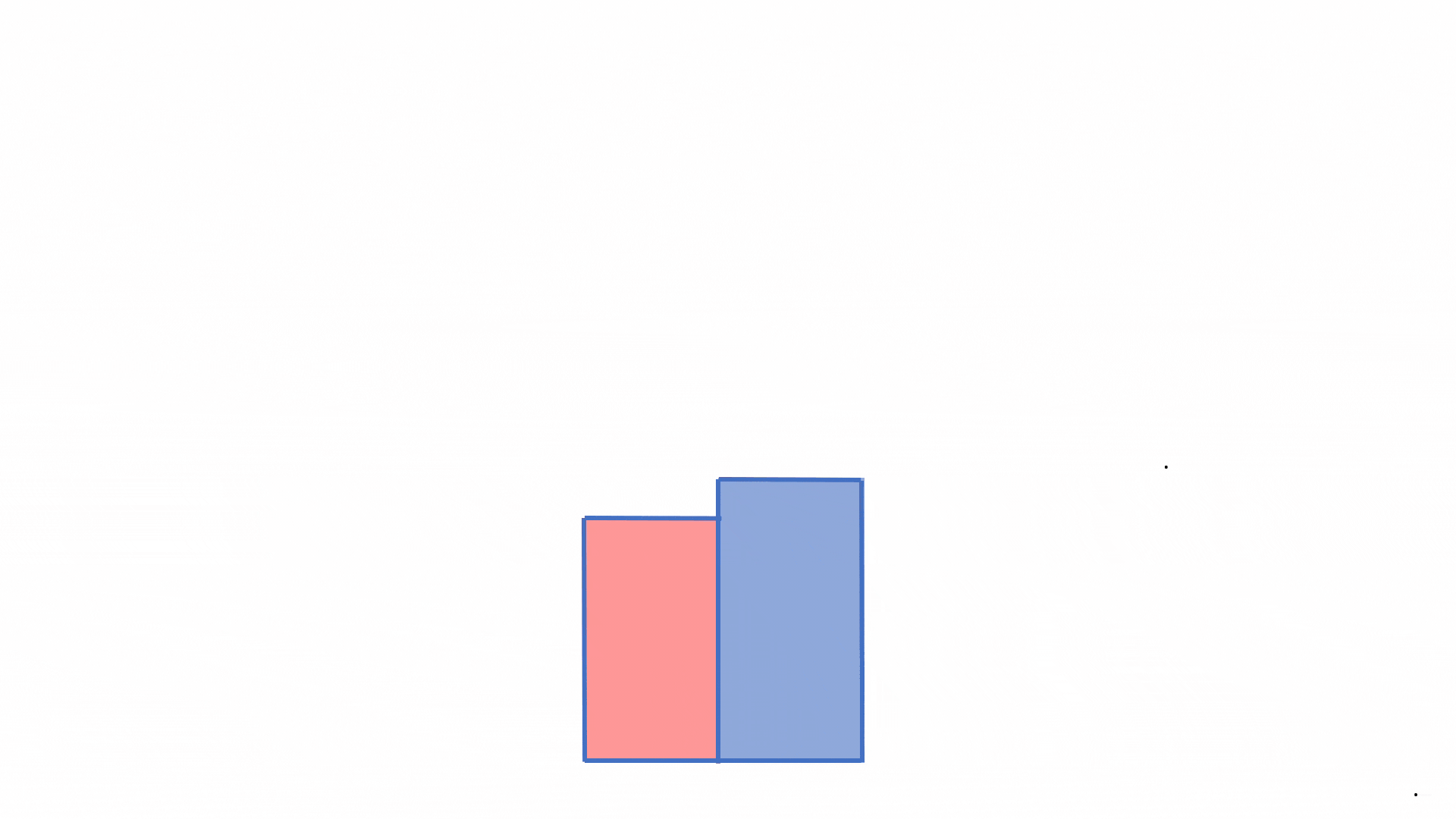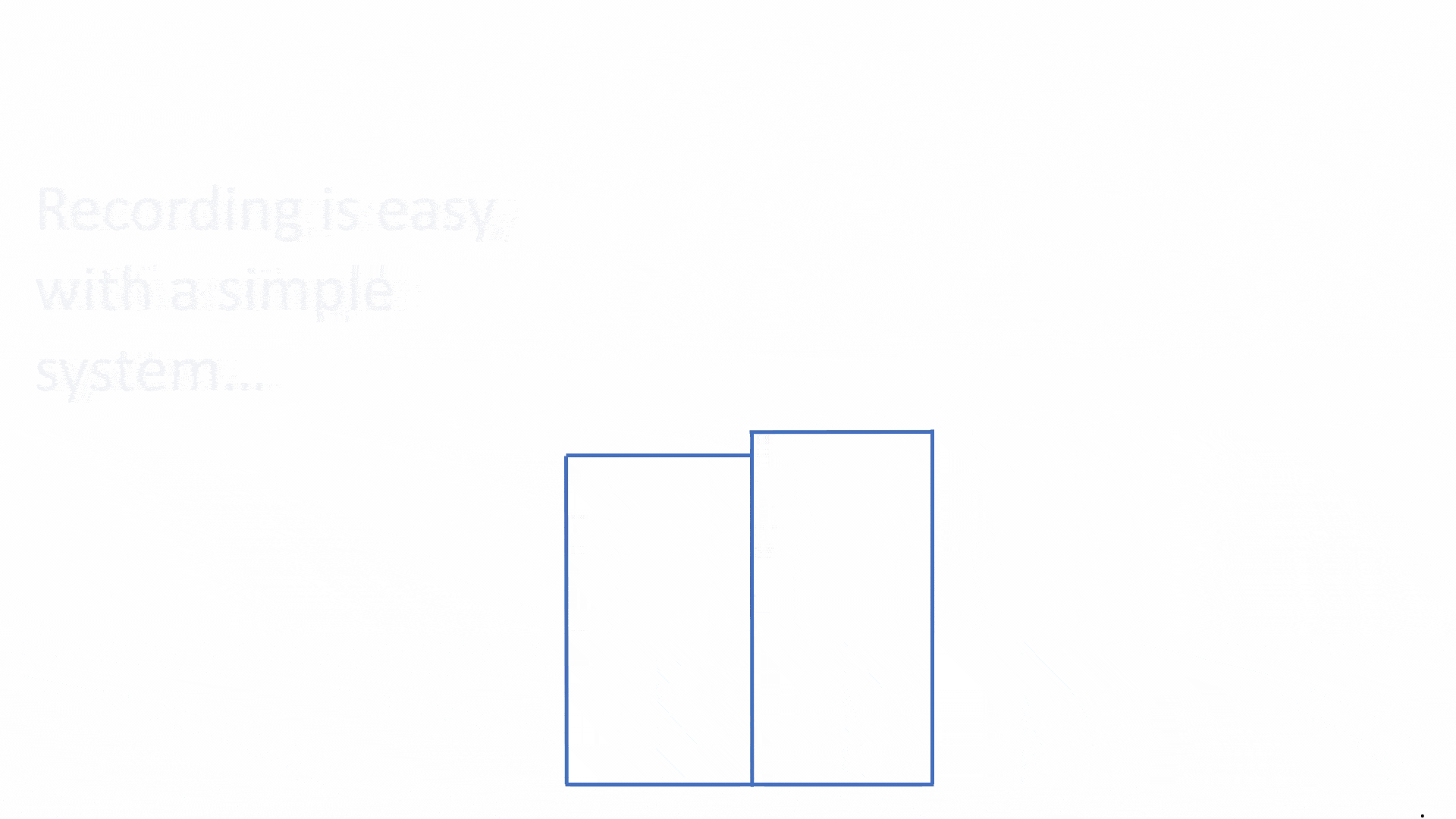Debits & Credits
Double Entry Accounting SystemWhy Use Such a Complicated & Difficult Accounting System?
Any accounting system has two main functions: recording and checking.

At first, most of us focus on the recording function only and ask why we can’t we just use a simple recording system.

The Problem with a Simple Recording System
Suppose you were keeping the accounting records for a retail store that had just opened.

You could attempt to keep those records by simply recording the business’s sales and costs.

The problem is a business may make many transactions during an accounting period.

While it is easy to record transactions with a simple system, it is very difficult to check them reliably.

If only some of these transactions are incorrect, your period-end accounting records will be unreliable and totally useless.

The Double Entry Accounting System
To overcome this problem, businesses use the double-entry accounting system.

This system wasn’t designed to make recording simple.

Instead, it was designed with checking in mind.

System Overview
With the double-entry system, you still record sales and costs.

But by using a double entry, you record a duplicate record of those transactions in other accounts, as well.

This duplicate record is in a convenient format for checking.

It allows for fast, easy, and reliable checking against the records of other businesses.

By checking these accounts alone, you can make sure your entire record of sales and costs is correct.

Accounts
Making all this possible is a system of two-sided accounts.

Each account is divided into two sides.

One sides is the credit side.

You use this side to show money or value came from the account.

The other side is the debit side.

You use this side of the account to show what the money was used for or where it went

Lesson 2 shows how debits and credits work with cash transactions
© R.J. (Bob) Hickman 2020